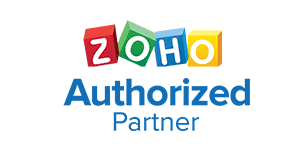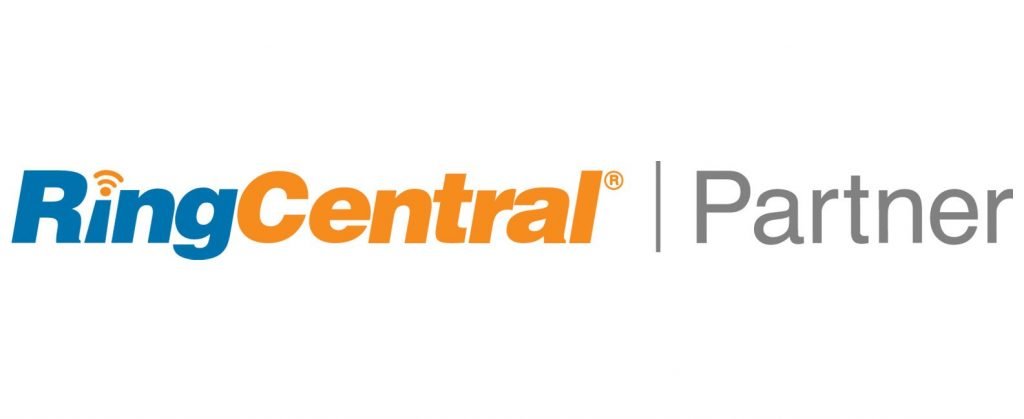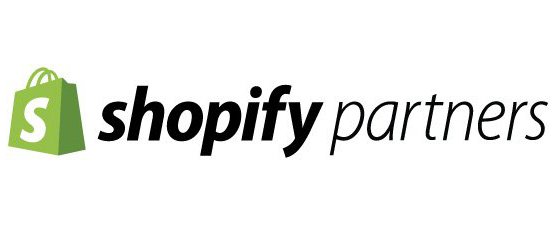The Zoho Analytics advanced reporting integration for Google Campaign allows easy analysis of your Search Engine Marketing campaign data. It also helps you find out how well your Ad spend is working for you. You can essentially perform deeper analysis, get way broader insights, and efficiently plan or optimize your marketing budget for greater lead traction and conversions.
Zoho features essential details and tool pieces that make Zoho Analytics efficient and provides above 85 hand-picked, personalized ready-to-use reports and home dashboards.
Learning how to connect your google ad with your Zoho CRM Integration is the best place to start because Zoho makes it less stressful to manage your leads and track potential conversion.
It’s possible to import your Google Campaign marketing investments into Zoho CRM. As a result, you can see which keywords or campaigns are responsible for online and offline sales.
You can also export Your Zoho CRM sales data into Google Campaign 360 data if you need to create another ad. That ensures you don’t always have to start from scratch by defining what your ideal clients are since the algorithm would automatically read this information for the Zoho exported data.
As a plus advantage, it gives you the option to optimize your budget better and make the most out of it.
Zoho generally offers many advantages to help you make the most out of your Google campaigns. And keep spending to a minimum while maximizing your revenue and ROI from your Google ads. However, it shreds the high-end activity into a simple ABC step for every business looking to make the most out of their ads.
A Google Campaign 360 and Zoho integration offers you a full suite of features to create, monitor, and optimize your ads across multiple channels and accounts.
Reach out to our team of Zoho experts today via the link below to get started on your Zoho and Google Campaign 360 integration.



